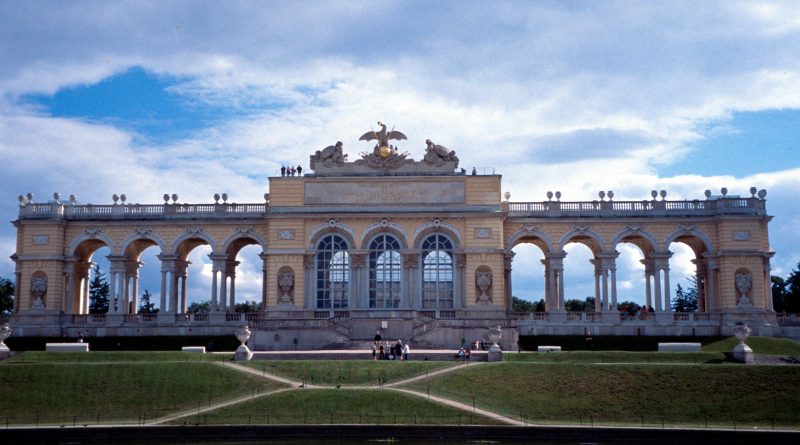
Kings of Europe: France, The Habsburgs & The Russian Tsars
In this episode of Empire Builders we explore the historic legacy of three of Europe’s greatest powers – the French, Russian and Habsburg Empires – whose royal palaces, cathedrals and other great buildings of the 16th to 18th centuries are some of the world’s most remarkable and spectacular cultural monuments.
Our story starts in the mid-16th century in Moscow. Located on Red Square, just outside the Kremlin, St Basil’s Cathedral, with its spectacularly colourful domes, is one of Russia’s most iconic and beautiful buildings. The cathedral also has great historical significance, since it was built by Tsar Ivan the Terrible in order to commemorate his greatest military victory, which led to the foundation of the Russian empire.
Elsewhere in Europe, in the mid-17th century, France was about to enter its own golden age, with the coming to power of Louis the 14th, the so-called Sun King. After inheriting the throne as a young boy in 1643, he ruled for another 72 years, the longest reign of any monarch in European history. His greatest legacy, perhaps, was the creation of the vast and extremely grand Palace of Versailles in the countryside just outside Paris, which in 1682 became not only his principal home, but also the seat of the French government.
Far to the north of France, where Russia’s magnificent new capital St Petersburg was starting to become one of Europe’s grandest cities, the Russian royal family also aspired to enjoying the same level of luxurious courtly life as at Versailles. And so, in the 1750s, Empress Elisabeth the 1st spent a fortune on building the extraordinarily lavish Catherine Palace just outside St Petersburg for use as her summer residence.
Russia’s imperial rulers were shockingly extravagant, but in truth no more so than the French kings at their dazzling Palace of Versailles, or other great European royal dynasties such as the Habsburgs, who ruled much of central Europe from their capital of Vienna. Unwilling to be outdone by the magnificence and grandeur of other European palaces such as Versailles, in the mid-18th Century the Habsburg Empress Maria Theresa commissioned her own, almost equally enormous country palace just outside Vienna, Schönbrunn Palace.
In 1770, one of Maria Theresa’s daughters, Maria Antonia, married the future French king, Louis the 16th, and within a few years became infamous as Marie Antoinette. The extremely luxurious and self-indulgent lifestyle of Louis the 16th and Marie Antoinette at Versailles helped to provoke the French Revolution in 1789, and they were subsequently executed by guillotine. Elsewhere in Europe royal families still held sway, but the days when the Kings of Europe could rule with absolute, autocratic power were now numbered.
Credits
narrator
ROBERT BLYTHE
*
titles & graphics
MARTINA DEO
CGI artist
SIMON ROSS
*
camera
NIGEL KINNINGS
ANTON JEFFES
fixer
ALYONA PIMANOVA
MAX DIETRICH
*
facilities
GUILTFREE
dubbing mixer
CHRIS MORRIS
*
editor
FRANCIS BUCHANAN
online editor
DANNY DAVIS
*
title music
PAUL MOUNSEY
music by
PAUL MOUNSEY
STIG MANLEY
MARK TYLER
MICHAEL CONN
COLIN WINSTON FLETCHER
NINA MILES
JOHN MILES
SITTING DUCK
IAN RITCHIE
MALCOLM LAWS
NAINITA DESAI
THE INSECTS
*
post production coordinators
DJAVAN SILVA
EMILIO REY
JIM WOODALL
*
production accountant
RASHIDA PATEL
production manager
TARA BENSON
*
producer
LISA DUPENOIS
segment director
LISA DUPENOIS
*
executive producer
IAN CROSS
*
directed by
CHRIS LEDGER
*
Produced by Pilot Film and TV Productions
© Pilot Productions MMXVII
